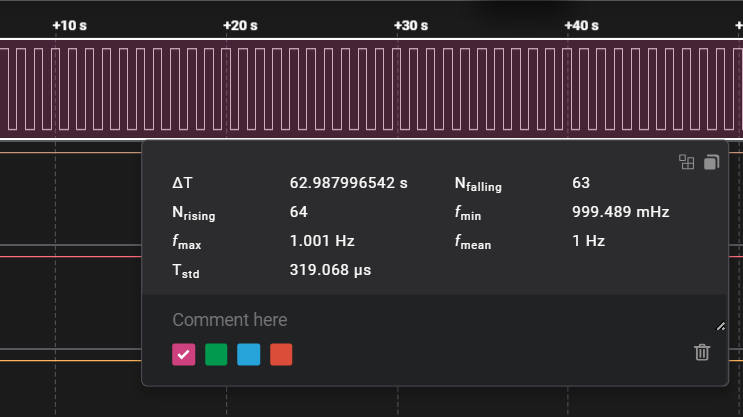
A new entry in the 2025 One Hertz Challenge showcases remarkable coding prowess with a highly optimized Blink program. Developed by Rudra Lad, this example, named delay_blinky_13, operates on the STM32F4 Discovery microcontroller development board and reduces the typical size of such code to under 50 bytes.
In a space where many programmers are familiar with the basic Blink function, Rudra’s approach stands out as a testament to coding efficiency. The code not only compiles to an impressively small binary size but also operates without utilizing any RAM. The primary goal was to achieve a blinking frequency as close to 1 Hz as possible.
Innovative Techniques Drive Optimization
Rudra employed several innovative techniques to minimize the code size. For instance, the standard startup code was omitted, with the entire program integrated into the Reset_Handler. This adjustment alone significantly saved space. Additionally, the use of bit-banding enabled direct writing to peripheral registers, allowing the LED to blink with fewer instructions than conventional methods.
The meticulous adjustments didn’t stop there. By refining the delay counting routine, Rudra successfully achieved a blinking frequency of 1.00019 Hz, as verified using a logic analyzer. This precision highlights the effectiveness of his optimizations and demonstrates a keen understanding of microcontroller operations.
Encouraging the Community
While the opportunity to work with such a compact binary size is rare in practical applications, projects like this are excellent exercises for developers looking to enhance their skills. The code is freely available on GitHub for those interested in examining the details.
Rudra’s accomplishment not only illustrates the potential of optimization in embedded programming but also encourages others in the community to explore their own innovations. As the challenge continues, it remains an exciting opportunity for programmers to showcase their creativity and technical abilities in the embedded space.






